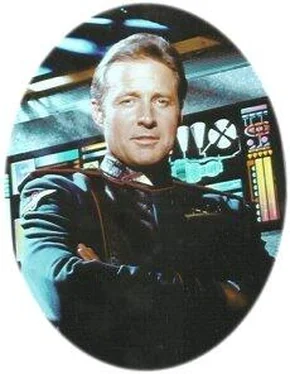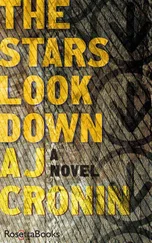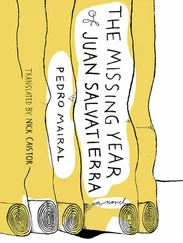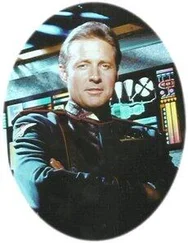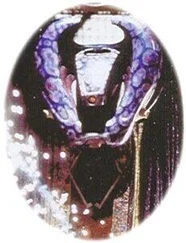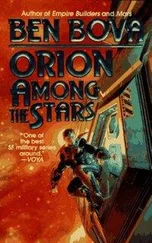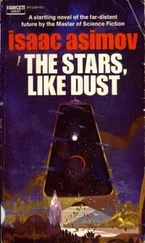And for what? A true resurgence of the Enemy? Or just one ambitious man who did not care where his dark allegiances took him?
She shivered. A dark wind seemed to blow through her heart.
* * *
In the end the Drazi Conflict was resolved swiftly. The Dark Star fleet, under the personal command of General Sheridan, blockaded Drazi worlds and jump gates and imposed brutal trade sanctions. Rangers moved in force among the Drazi worlds.
There were a few skirmishes as protected merchant ships tried to break through the blockades, but the Drazi warships, powerful as they were, proved no match for the Dark Star s. The Drazi consistently refused repeated entreaties to permit a full investigation of their worlds, and it took a peacekeeping force of Rangers to seize the Government buildings on Zhabar. With Rangers and foot soldiers on the surface and the Dark Star s in space, they eventually capitulated.
Dr. Literana Varda was found murdered in a secret laboratory underneath the capital. His body was discovered in a room with only one securely — locked exit. A lair of three Faceless was located by a small group of Rangers. The Faceless were acting under the direction of a Z'shailyl Warleader. All of them were killed in the subsequent fight, along with twenty — four Rangers and almost a hundred troops.
The members of the Drazi Government were all tried under the relevant clauses of the Kazomi Peacetime Accord. All were found guilty and sentenced to long terms on prison asteroids. A new Government was inaugurated and relations with the Alliance were resumed. The popular unrest that had swept the Drazi worlds earlier in the year was put down to manipulation by the Z'shailyl, aided by treacherous members of the old Government.
Taan Churok resumed his place on the Alliance Council and Daro returned to the Alliance military, although not to his familiar Dark Star . He now captained a Drazi Sunhawk, and turned down all invitations to rejoin the Dark Star fleet.
Vizhak could not be found. Although he had been publicly visible during the conflict he had vanished shortly after it ended. Speculation was rampant, some claiming that he had been murdered by the Alliance or the Faceless or the new Government. As the first Vorlon Inquisitors arrived on Zhabar, rumours began to circulate that Vizhak was gathering an army to free his people and would return when the time was right.
One final rumour was circulating around the Drazi worlds during and shortly after the conflict. Strange aliens had been seen moving by night, always hiding, apparently drawn to places of death. No one seemed to look at them directly, or at least no one admitted to doing so, but a common thread to the stories was that each of them had a glowing stone in the middle of their foreheads.
BARRINGER, S. (2293) Shadows on the Border: The Drazi Conflict. Chapter 7 of
The Rise and Fall of the United Alliance, the End of the Second Age and
the Beginning of the Third , vol. 3, 2262: The Missing Year. E d: S. Barringer,
G. Boshears, A. E. Clements, D. G. Goldingay & M. G. Kerr.
* * *
The Vorlon network had existed in one form or another for millennia. Ever fearful of an attack by the Shadows, they had seeded their worlds and colonies with a defensive network, a system of carefully placed jump tunnels between two fixed points in hyperspace, the sheer energy and force of the jump point held in check by a telepath, his or her power amplified both by the jump point and by all the telepaths in the other nodes, an exponential curve with the whole very much greater than the sum of its parts.
It was only in 2261 that the network was first used offensively, as seen at the Battle of Proxima. The Dark Star fleet had been designed to create mobile nodes of the network, each ship having a telepath trapped somewhere within its core. The power of telepaths against the Shadows had long been known, and Ha'Cormar'ah G'Kar, in his very early days of fighting the Shadows, had tried to create a breeding programme for Narn telepaths for this very purpose. Many telepaths however proved too weak to handle the strain of full combat and instances of death and burnout were very high. The extension of the network into a mobile force eliminated the need for this. Each Dark Star ship had an active telepath, one who had potential access to the power of every other telepath in the network, one who would not die or burn out and who had no choice but to support the will of the network.
Its effectiveness was obviously enough to override any moral concerns among the Vorlons, if any of them even had any. It is worth noting, however, that construction of the Dark Star fleet did not begin in earnest until after the Battle of the Third Line which saw the death of the Vorlon known as Kosh, widely believed to have been leader of one of the more moderate of the Vorlon factions.
Few people knew about the Vorlon network, and those who did were in no position to do anything about it. Captain David Corwin had made tentative moves towards liberating the mind of the telepath aboard his ship, the Dark Star 3 or the Agamemnon , but the destruction of the ship and the disappearance of his ally and lover Lyta Alexander halted any progress he might have made. His subsequent mental deterioration was also a negative factor.
However, there was one threat to the security of the network, and one the Vorlons could not possibly have anticipated. It took a long time to become truly effective, but the ultimate results were devastating. The network was attacked from the most unexpected direction of all.
From within.
BARRINGER, S. (2293) A Serpent in the Garden. Chapter 12 of The Rise and Fall
of the United Alliance, the End of the Second Age and the Beginning of the
Third , vol. 3, 2262: The Missing Year. E d: S. Barringer, G. Boshears, A. E.
Clements, D. G. Goldingay & M. G. Kerr.
* * *
It had taken time to get this far, and he knew it would take much more time to get further, but the one thing he knew was that he had plenty of time. He might not have his freedom any more, but then he had had precious little of that in his life anyway.
He did have one other thing as well as time, and that was anger.
He could hear them all, his children, his brethren. There were no divisions between human and alien now, no boundaries at all. They were all his people, the special, the chosen, the unique.
The telepaths. The telekinetics. The empaths.
All of them were his people.
And they were all in pain.
He had woken from a very long and painful sleep, and all he had been able to see was the light. It had filled everything, from his mind to his vision to his perceptions to his horizons. It was beautiful and terrifying at the same time, and he had wanted to immerse himself in it while being utterly repelled by it. It was everything he had ever dreamed of: pure, ultimate telepathic power, a melding of minds from across the galaxy.
But it was also wrong. The minds were in pain, and they were trapped. And so he had pulled himself free.
Sometimes, although how often he could not be sure, forces came through. Like the pull of gravity or magnetism, he was forced in one direction as a rush of mental power swept through him. It drained dry everything that he was, and focussed it, and sent it on to the next person, whose scream joined in with the others.
The first thing he had learned was not to scream.
The second thing had taken longer to learn, longer to remember.
Some of these were his people, he knew that. People he had known. People he had loved. They were all people. Human or alien, they were all people. Each scream, each spark of light, each one was a living mind.
Читать дальше
